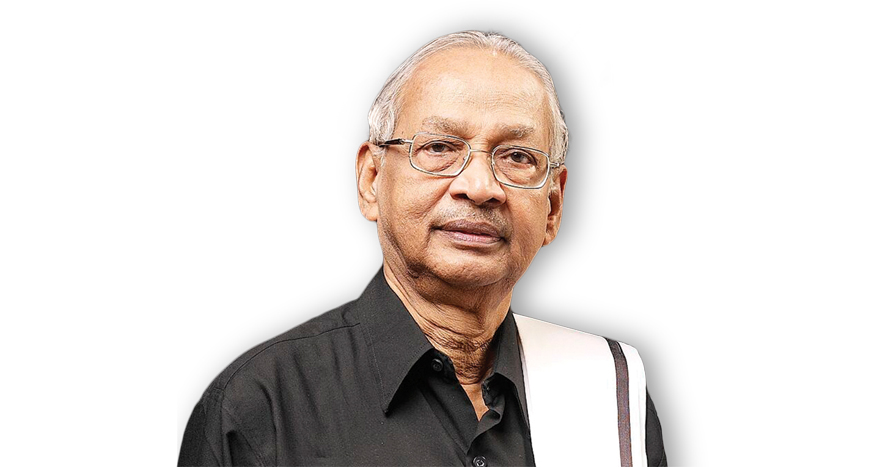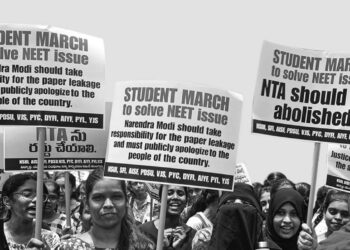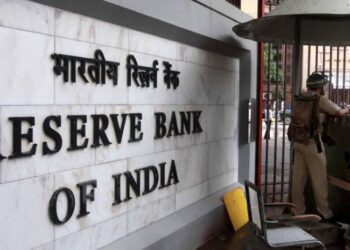Dr. K. Veeramani
President Dravidar Kazhagam
Recently the BJP headed Union ministry has announced that there would be News Bulletin in the regional channels of Doordarshan in Sanskrit for about 15 minutes daily. As per the directive ‘Podhigai’, the Tamil channel of Doordarshan has allocated the time slot between 7.15 to 7.30 a.m. for the news bulletin to be read in Sanskrit. This announcement has aroused a lot of protests from the various political parties, social and cultural organisations.
The Indian sub continent was never a single country prior to the arrival of the British. Earlier there were multifarious kingdoms ruled by many monarchs and little kings. They were not mere different political entities but did possess historically distinct cultural identities with different languages spoken by their respective subjects. The nomenclature, ‘regional language’ came to existence during the period of British rule. Imposition of Hindi (Hindustani) and Sanskrit languages was consistently carried out despite the stiff resistance for them from other languages speaking people more so in the southern part of the sub-continent. Instead of directly imposing Sanskrit, Hindi that has got the same script as Sanskrit was imposed. The main reason for that was – Sanskrit was never spoken by any sect of people. The language was in usage in ancient days only in recitation of epics, stories and other scriptures. Sanskrit is mainly meant for chanting mantras at the time of performing rituals and conducting ceremonies including offering of prayer to Hindu deities in the temples. Such usage has been the monopoly of the upper caste brahmin priests. Other than the brahmin priests no one should chant Sanskrit mantras and any violation of it by the non brahmin was liable for punishments as per Hindu religious code i.e. Smritis.
The usage of Sanskrit was mainly for the social monopoly by the dominating section in the society for centuries. Even among such sects of people, Sanskrit was not ever spoken. In order to keep up their monopoly, Sanskrit was branded by them as deva basha (language of god). The rest of the languages spoken popularly by the people were branded as neetsha basha (language of contempt). The nomenclature of ‘deva basha’ has depicted its script viz. deva nagri script. If ‘deva nagari’ is the script of Sanskrit, are the scripts of the rest of the widely spoken languages, ‘neetsha nagari’? Besides the supremacy of Sanskrit script as ‘deva nagari’ has been ascribed to Hindi language and it has infiltrated as ‘Hindi in deva nagri’, in Indian Constitution. Indian Constitution advocates and ensures the equality of all cultural identities. The advocacy of Sanskrit and its promotion itself is against the principle of equality.
The governmental patronage for Sanskrit is substantiated seemingly for its literacy value and antiquity. More than the significance, the purpose for which the literacy contents have been utilized has to the reasoned out; if so, such significance was more for enslaving the rest of the languages of this land and the people who speak regional languages. On the count of literary value and antiquity there are more add-ons for Tamil language. With all such add-ons, Tamil language is still spoken by the people. Because of these attributes, Tamil was accorded the status of ‘classical language’ by the earlier UPA regime. Sanskrit was also accorded the Classical language status subsequently. Many other regional languages, spoken popularly were also accorded ‘Classical language’ status.
According to 2011 census only about 23000 persons have been enumerated speaking Sanskrit sporadically. It does not mean that the mother tongue of them is Sanskrit. Because of their scholarship, they are able to speak Sanskrit.
Despite all these inadequacies, why did the saffron rulers announce the telecast of Sanskrit news bulletin in the government owned TV channel? To whom the government wants to convey the news in Sanskrit? When not even the miniscule population is able to understand Sanskrit, what for the government is sticking on to it adamantly? It is nothing but for Sanskritization ideology of saffron outfits! The majoritarian rule has been negating the interests and welfare of the majority population who can’t understand Sanskrit. It is the blatant cultural invasion over the rest of the regional languages of the country spoken from time immemorial. It is nothing but a deliberate move towards the one nation, one language one religion …., the ideal that is against the multicultural, multi linguistic fabric of this country.
Dravidar Kazhagam has organised for a peaceful protest in front of Doordarshan office, Chennai on 7th December 2020 against the telecast of Sanskrit news bulletin in Doordarshan. This is only a beginning and if the direction to Doordarshan is not withdrawn, – mass agitations would proliferate widely against the Sanskrit imposition.
Sanskrit Promotional Move Subject of Study in CBSE
Sanskrit imposition in the form of option and inducement has been carried out systematically by the Central government.
The Central Board of Secondary Education (CBSE) has made Sanskrit, a third language in the schools it governs (though it is an option for a school to adopt it or not, the other choice being the States’ own official language). In such schools, learning Sanskrit is an option for classes V to VIII. In those States where the official language is Hindi, an option between Sanskrit and a local language as a second language exists for classes IX and X. Whenever the students opt for Sanskrit they are provided with fee concessions and scholarships.
Central Universities
In the last few years sporadic efforts have been made to promote Sanskrit Universities for Sanskrit studies. The Sanskrit Universities Act has been legislated facilitating conversion of Sanskrit deemed to be universities to Central Universities.
Rs.643.84 Crore spent
The finance allocation for Sanskrit promotion by the Centre is also disproportionate with undue favour to Sanskrit, compared to other classical languages of the country. The Centre has spent Rs.643.84 crores on the promotion of Sanskrit in the last three years. The amount spent is 22 times the combined spending of the Rs.29 crore on the other five Classical Indian languages – Tamil, Telugu, Kannada, Malayalam and Odia.
The government has not set aside any separate fund for the promotion of Malayalam and Odia and is yet to establish any centre of excellence to promote these classical Indian languages.








